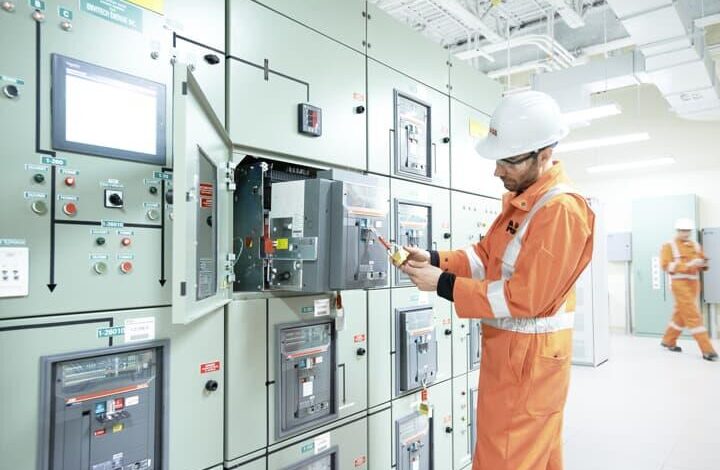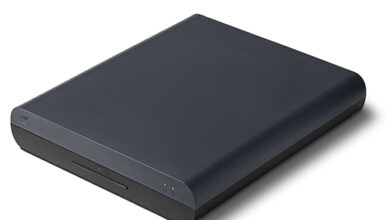High Voltage Electrical Switchboards: Ensuring Efficient and Safe Power Distribution

High voltage electrical switchboards are vital components in power distribution systems, managing and controlling the flow of electricity in various industrial, commercial, and utility applications. They ensure the safe and efficient distribution of high voltage power, protecting equipment and personnel from electrical hazards. This comprehensive guide explores the importance of high voltage electrical switchboards, their key components, types, benefits, and best practices for maintenance and safety.
What Are High Voltage Electrical Switchboards?
High voltage electrical switchboards are assemblies of electrical components such as circuit breakers, switches, fuses, and control devices. These components work together to distribute and manage high voltage electrical power, typically above 1 kV, to different circuits within a facility. The primary function of these switchboards is to protect electrical systems from overloads, short circuits, and other faults, ensuring the reliable and safe operation of the power distribution network.
Key Components of High Voltage Electrical Switchboards
1. Circuit Breakers
Circuit breakers are crucial for protecting electrical circuits from faults and overloads. They automatically interrupt the flow of electricity when they detect an abnormal current, preventing damage to equipment and reducing the risk of electrical fires.
2. Switches
Switches control the flow of electricity within the electrical switchboards, allowing operators to manually isolate or connect different circuits. This control is essential for maintenance and emergency operations.
3. Fuses
Fuses provide additional protection by breaking the circuit when excessive current flows through them. They are typically used as a backup to circuit breakers.
4. Bus Bars
Bus bars are conductive metal strips that distribute electricity within the switchboard. Made of copper or aluminum, they provide a central point for connecting various components and ensure efficient power distribution.
5. Protective Relays
Protective relays detect faults in the electrical system and trigger the circuit breakers to disconnect the affected circuit. They are essential for preventing damage to equipment and ensuring the safety of the power distribution network.
6. Control Panels
Control panels house the controls and indicators for monitoring and managing the switchboard’s operation. They provide vital information about the status of the electrical system and allow operators to respond quickly to any issues.
Types of High Voltage Electrical Switchboards
1. Metal-Enclosed Switchboards
Metal-enclosed switchboards are housed in a metal enclosure, providing robust protection against environmental factors such as dust, moisture, and physical damage. They are commonly used in industrial and commercial applications where durability is essential.
2. Metal-Clad Switchboards
Metal-clad switchboards offer an additional layer of protection by enclosing each component in a separate metal compartment. This design enhances safety by isolating faults and preventing them from spreading to other parts of the switchboard.
3. Gas-Insulated Switchboards
Gas-insulated switchboards use sulfur hexafluoride (SF6) gas as an insulating medium, allowing for a compact and efficient design. They are ideal for applications where space is limited and high reliability is required.
4. Air-Insulated Switchboards
Air-insulated switchboards use air as the insulating medium. They are typically larger than gas-insulated switchboards but offer a cost-effective solution for high voltage power distribution.
Benefits of High Voltage Electrical Switchboards
1. Enhanced Safety
High voltage electrical switchboards are designed to protect personnel and equipment from electrical hazards. By isolating faults and managing high voltage power distribution, they minimize the risk of electrical fires, equipment damage, and other safety incidents.
2. Improved Reliability
These switchboards ensure a stable and reliable power supply by efficiently managing the distribution of high voltage electricity. This reliability is crucial for maintaining continuous operations in industrial and commercial facilities.
3. Scalability
High voltage switchboards can be customized and scaled to meet the specific needs of different applications. This flexibility allows for easy integration into existing power distribution systems and future expansion.
4. Cost-Effectiveness
By protecting electrical equipment from damage and reducing downtime, high voltage switchboards help lower maintenance and repair costs. They also enhance energy efficiency, contributing to long-term cost savings.
Best Practices for Maintenance and Safety
1. Regular Inspections
Conducting regular inspections is essential for identifying potential issues before they become major problems. Inspections should include checking for signs of wear, corrosion, and other damage to components.
2. Preventive Maintenance
Implementing a preventive maintenance program helps ensure the optimal performance of high voltage switchboards. This program should include routine testing, cleaning, and servicing of components to prevent failures and extend the lifespan of the switchboard.
3. Professional Installation and Servicing
High voltage electrical switchboards should be installed and serviced by qualified professionals. Proper installation and maintenance are critical for ensuring safety and compliance with industry standards and regulations.
4. Safety Training
Providing safety training for personnel who operate and maintain high voltage switchboards is crucial. Training should cover the proper use of protective equipment, emergency procedures, and safe work practices.
Innovations in High Voltage Electrical Switchboards
1. Smart Switchboards
Advancements in technology have led to the development of smart switchboards, which offer enhanced monitoring and control capabilities. These switchboards can provide real-time data on power usage, detect faults, and allow for remote operation, improving efficiency and reliability.
2. Modular Designs
Modular switchboards offer flexibility and scalability, allowing for easy customization and expansion. They are ideal for applications that require frequent changes or future growth.
3. Advanced Protective Relays
Modern protective relays offer advanced features such as digital communication, self-testing, and fault analysis. These features enhance the protection and reliability of high voltage electrical systems.
Conclusion
High voltage electrical switchboards are essential for the safe and efficient distribution of high voltage power. By understanding their key components, types, benefits, and best practices for maintenance and safety, you can ensure the reliable operation of your power distribution system. With ongoing advancements in technology, high voltage switchboards are becoming smarter and more efficient, making them a crucial part of modern electrical infrastructure. Whether you are upgrading an existing system or installing a new one, investing in high-quality high voltage electrical switchboards is a smart decision for enhancing safety, reliability, and efficiency.
For more valuable information visit our website.






